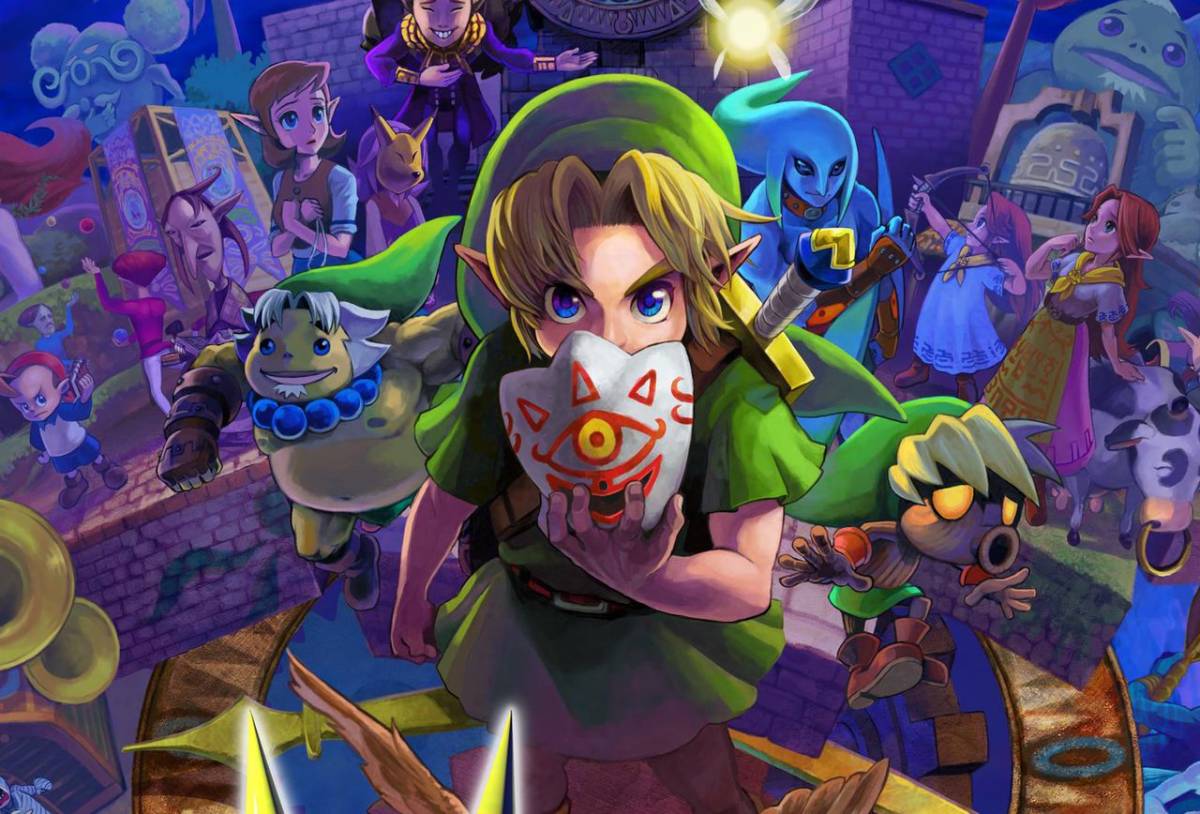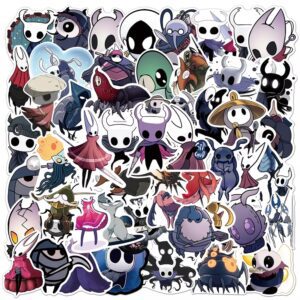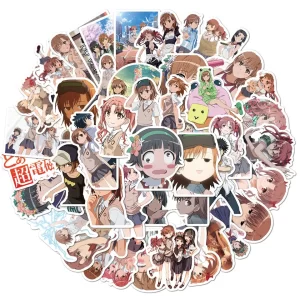We at Culture of Gaming have been hard at work writing a handful of different articles about Majora’s Mask. It’s special to a lot of people, in no small part to how different and weird it was to anything people had experienced at the time. So today I want to take a look the design of Majora’s Mask, and get to the bottom of how, and why, it’s the way it is.
This fan made video alone illustrates just how impactful the game was. You can’t question the affection and effort that went into a short film like this.
Majora’s Mask Design Philosophy
This three-day system in Majora’s Mask introduced players to a variety of events that occurred at the same time. Over this period of three days that the player played through multiple times. Once all the puzzles were solved, then the hidden goal would appear. With this system, it was possible to make the game data more compact while still providing deep gameplay.
Eiji Aonuma – Game Director
This design philosophy, of extending the games length but reducing data, was the impetus behind the entire experience. The three day cycle present in Majora’s Mask wasn’t just to differentiate it from Ocarina of Time. It was implemented to create a completely different type of Zelda experience.
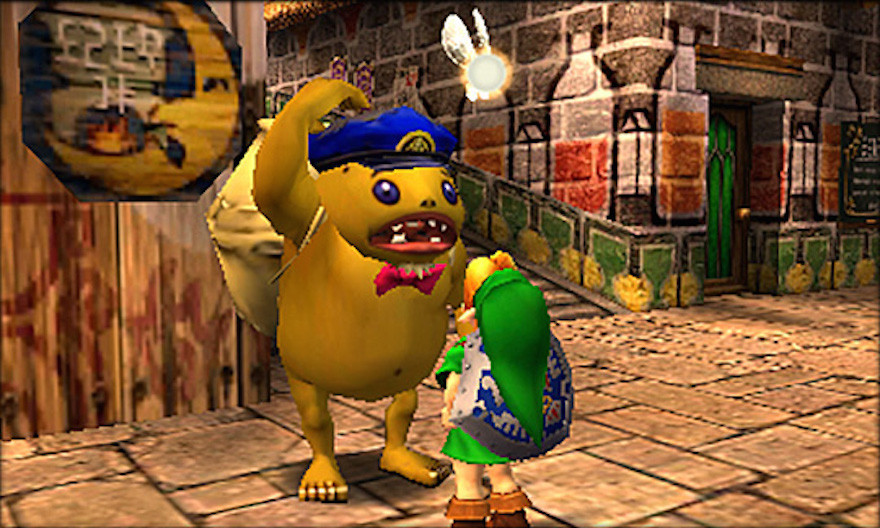
image source – Eiji Aonuma himself
A Different Approach
The time mechanic also aimed to expand on Ocarina of Time, not just surpass it. Aonuma states in the same interview that the aim with the Zelda franchise is to continue iterating on previous instalments. To do this they took the time travel system from Ocarina, where Link goes from being a child to an adult, and iterated on it to make it more interesting. Aonuma calls these “inevitable changes”.
In an Iwata Asks interview with Aonuma, it becomes clear that this change forced a different perspective on the player:
[Aonuma] you had to remember all sorts of things so that the world wouldn’t be destroyed. “Oh, there was something here, and something else over there, things like that”.
This created a very different approach for the second 3D Zelda game. The player’s interaction with the world changed, the stakes of saving the world of Termina were given a real time frame. One that could be reversed, sure, but it forced the player to care about the characters. Interacting with them as they changed with the world around them. The design of Majora’s Masks time mechanic changed everything about how the game was consumed, and created.
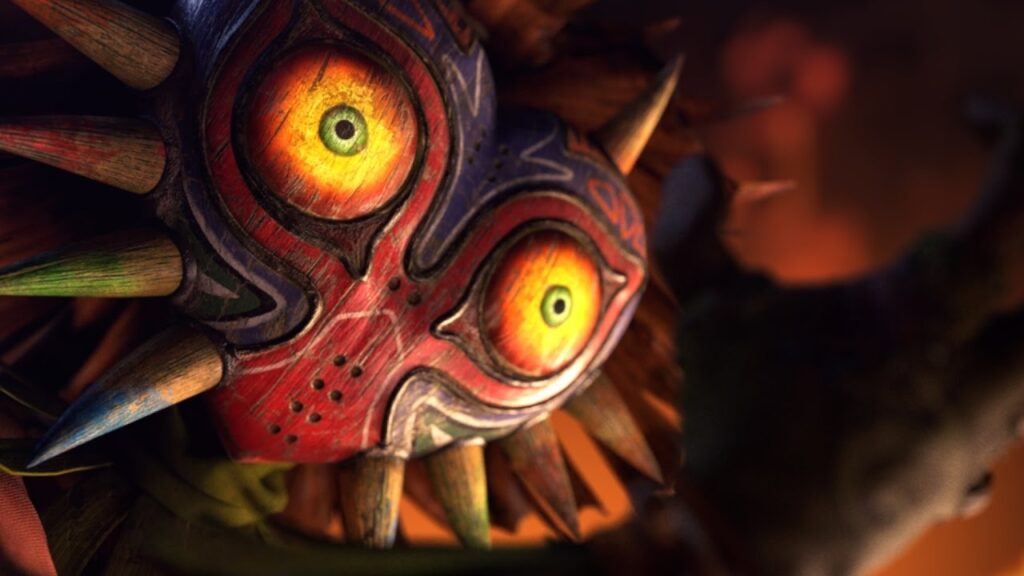
It’s Been…
Funnily enough, the three day time mechanic was originally supposed to last a whole week. However this was met with plenty of issues…
There was just too much going on. How on earth was the player supposed to remember the weekly schedules of so many characters? To combat this overwhelming amount of information juggling they reduced the time. Aonuma has said:
We felt it would be best to make it a three-step process, and we compressed all sorts of things we had planned for over a week into three days.
Playing Majora’s Mask reveals why this was a better decision. Not only does it make everything easier to keep track of, but the short few days also adds to the sense of urgency. A whole week as opposed to three days is an astronomical difference. Giving the player a long weekend to save the world makes the game much harder than you’d think.
Only having real world hours (unless they speed it up or slow it down) is what a Financial Post article says “threatens the very idea of adventure”. They mean this in the best way possible, because that’s exactly what it does. There’s no time to go slow, of course you can reverse back to the start, but you’ll lose plenty of items. Key items from dungeons, bosses and the story remain, but any sort of wasted time can mean lost rupees and having to retry certain challenges or quests.
Forcing the player to consider all of this changes the way they examine the world and the tasks set out before them, in a completely different way to Ocarina of Time.
Informing the Experience
As mentioned, the time mechanic from the design of Majora’s Mask bled into the rest of the game. A translated interview on Zelda Dungeon shows us just what that means.
The basis of the game came from Miyamoto wanting to make a short Zelda game. Something that could be completed more quickly than in the past. But inspired the player to replay the game over and over getting a more in-depth experience each time. Kind of “like a movie.” Because of this, Majora’s Mask was limited on dungeons (having only four, compared to the eight main dungeons in Ocarina of Time), and had much more side quests and extra experiences that would be discovered with subsequent play-throughs.
The restriction of time in Majora’s Mask made sure that the game had to be interesting. If the player was to see characters and environments over and over again, there had to be more to uncover. They’d need to be learning more, and uncovering story elements each time. So whilst the design of Majora’s Mask was physically smaller, it had to be much larger in scope.
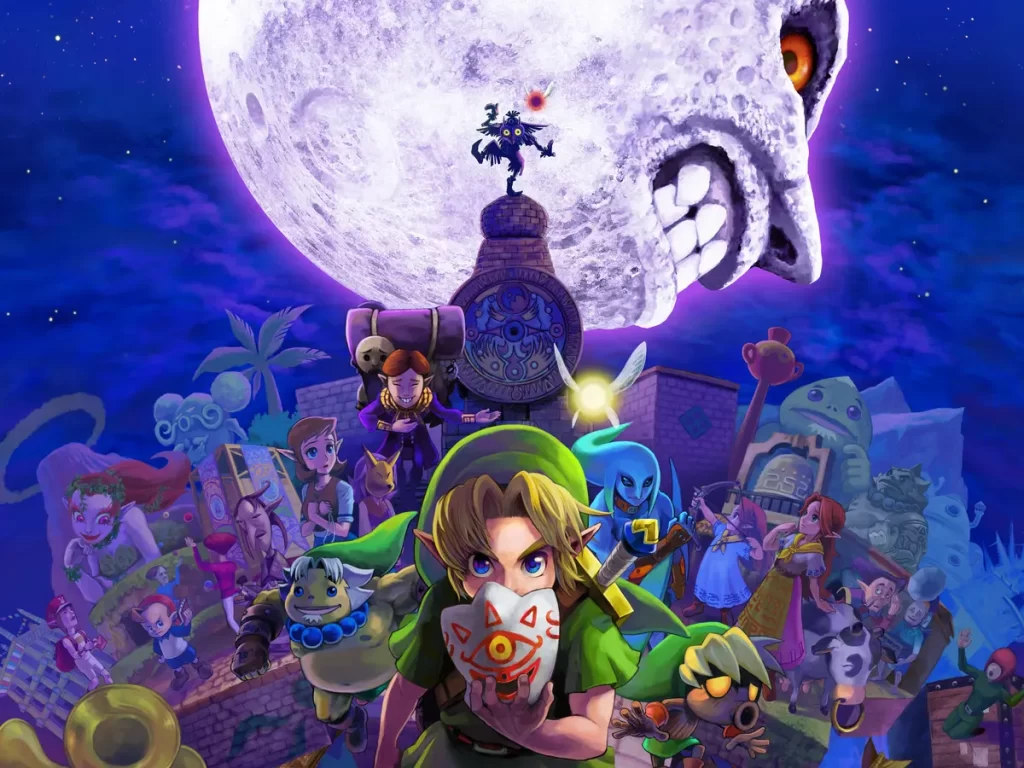
Clock Town as the Centre
With that said, something most players may have subconsciously noticed is that most time based events actually take place in Clock Town. That was a very deliberate choice. Yoshiaki Koizumi was the man in charge of Clock Town and he planned out all the quests and character movements over the three day cycle. Koizumi was restricted to Clock Town because both he and Aonuma knew that if the whole game was placed under the time framework, not only would it not get done in time, but it would also restrict the player.
Placing most time based events in one location (except Romani Ranch) meant the player could easily orientate themselves with most of the time-based content. Of course not everything outside off Clock Town is static, but keeping most of it in the centre of the games world makes it easier for the player.
Time is Money
Majora’s Mask is about time, so it’ll come as a surprise to some to hear that the mechanic was mostly based off a bet. You see originally Shigeru Miyamoto wanted Aonuma to develop a flipped Zelda, which would later become Ocarina of Time Master Quest. A game where Ocarina’s dungeons were all remixed.
As Aonuma designed those dungeons in the original, he didn’t want the work load.
So Miyamoto gave him an ultimatum. If Aonuma could develop a new Zelda game in the span of one year he wouldn’t have to remix the dungeons. Surprisingly, Aonuma took him up on it. A Gamasutra article then reveals that’s why the three days were introduced at the start, to help ease some of the development. Building around that mechanic meant the game could be done in the small timeframe, and everything else came from that.
The Design of Majora’s Mask’s… Masks
Being the namesake of this game means I’m of course going to dedicate time to talking about them. Majora’s Masks… masks, are such a huge part of the game, so where did they come from and why were they used?
Our Review of Majora’s Mask
Well as discussed, Aonuma and the team at Nintendo wanted to elaborate on Ocarina of Time. One way they did this outside of the time mechanic was with masks. In Ocarina they’re a small, limited, part of the experience. So in Majora’s Mask they were expanded upon. Another Iwata Asks interview really helps to flesh out this decision:
[Iwata] By the way, why masks?[Aonuma] The development of Ocarina of Time was so long, we were able to put in a whole lot of different elements into that game. Out of those, there were ideas that weren’t fully utilized, and ones that weren’t used to their full potential. One of those was the mask salesman.
Why Do Masks Work So Well?
This is all well and good on its own, but there’s a reason it works. Aonuma explains, saying that Link has many abilities (think the hook shot or the bow) and he thought it would be interesting if the Masks allowed Link to transform and give him more abilities. They became a way to “expand the gameplay”.Deku Link offered flight, Gordon Link offered rolling, and Zora link offered swimming. Each of these facets of the design of Majora’s Mask are drastically different. Allowing the player to have different gameplay styles all on hand. Aonuma even mentions how this was a blessing. Due to the games short development time it meant all the pieces quickly fell into place in terms of design.The whole game revolves around the Masks, meaning so did development. Even Aonuma’s own dreams did too, as he had a nightmare where he was being chased by a Deku.
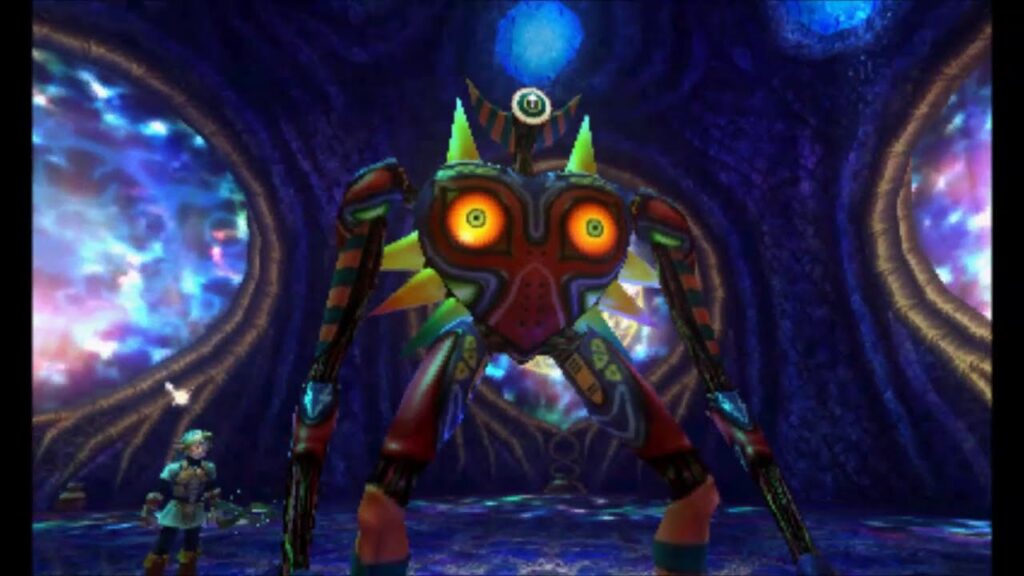
The Reward
It’s no secret that Nintendo love to challenge and reward their players. So much so that Majora’s Mask was a drastic jump from Ocarina of Time – in what Iwata called “Hospitality to Challenge”. The design of Majora’s Mask, and collecting the games 24 Masks, offers an extra level of challenge, on top of saving Termina.
What’s the reward for this challenge, you are rewarded with the Fierce Deity Mask of course! The developers designed an incentive that ties right back into the world. You can beat the final boss of the game with ease if you collect all the masks. So this means the new challenge of Majora is tied directly to the Masks themselves.
The Dark Tone of Majora’s Mask
Why does Majora’s Mask have such a dark tone? Why is the game visually and thematically distinct over most other Zelda titles?
This is partly because Majora’s Mask was to cater more towards adults. Notice how the game doesn’t have a tutorial? Well that’s because you’re expected to have beaten Ocarina of Time. The audience for this game was to be slightly different than the original. I think that shines through in how this game was to be more of a challenging experience than a hospitable one.
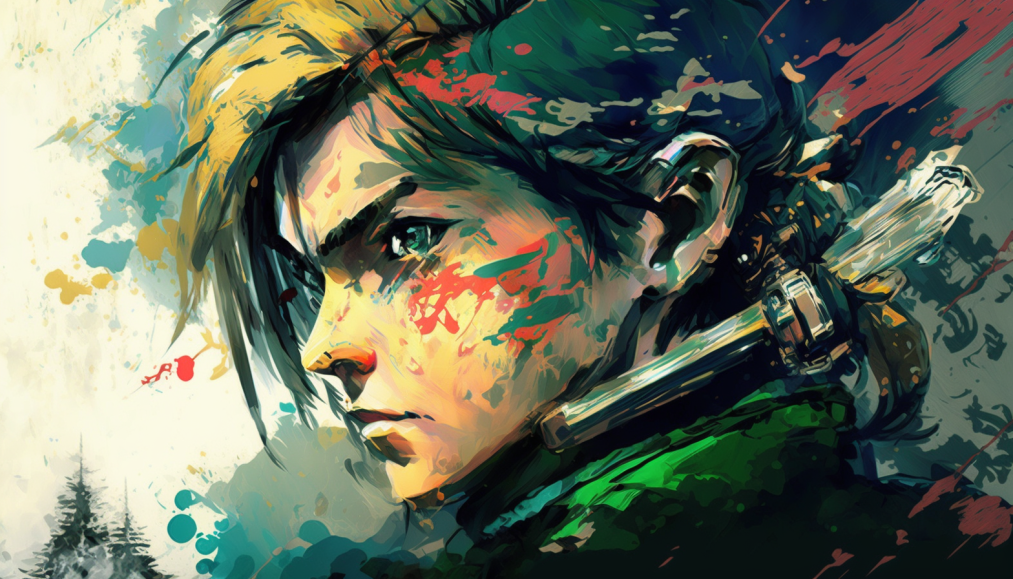
Of course that’s not just it though. Aonuma mentions in a Gamespot interview how the design of Majora’s Mask is more distorted than Ocarina. Which lends itself to the darker tone:
[Aonuma] Our goal, was to create something familiar that has been warped in a very unusual and interesting way.
That’s part of the reason you see a lot of the same character models and reused assets. Of course this was due to resource and time constraints too, but it helps orientate the player into a familiar experience. One that’s just different in presentation.
This is all summed up when Gamespot ask this question:
So the goal was to make this a more frightening, supernatural experience than the other Zelda games?
[ Aonuma] There were some opportunities to do rather dark and scary things in Ocarina as well. You know you had the “seven years later” version of the world that Ganon had wrecked. But in the case of Termina, we’re really doing something a little bit different. We’re changing the entire game world around this concept. And what we were going for here was trying to age-up the demographic of Zelda a little bit. We were thinking about a world that might be particularly appealing to adults who would play this game.
It also doesn’t hurt that Aonuma was apparently watching Twin Peaks at the time.
But that darker tone really seems to have stemmed from a point of difference. They wanted Majora’s Mask to be as different to Ocarina of Time as possible. To help achieve that they took dark ideas from that game and dialled them up to eleven.
The Design of Majora’s Mask Remake
Considering Majora’s Mask got itself a remake on the 3DS in 2015, I think we should at least touch on where that came from. If you read this Iwata Asks interview you’ll see just what type of philosophy was adopted in its development.
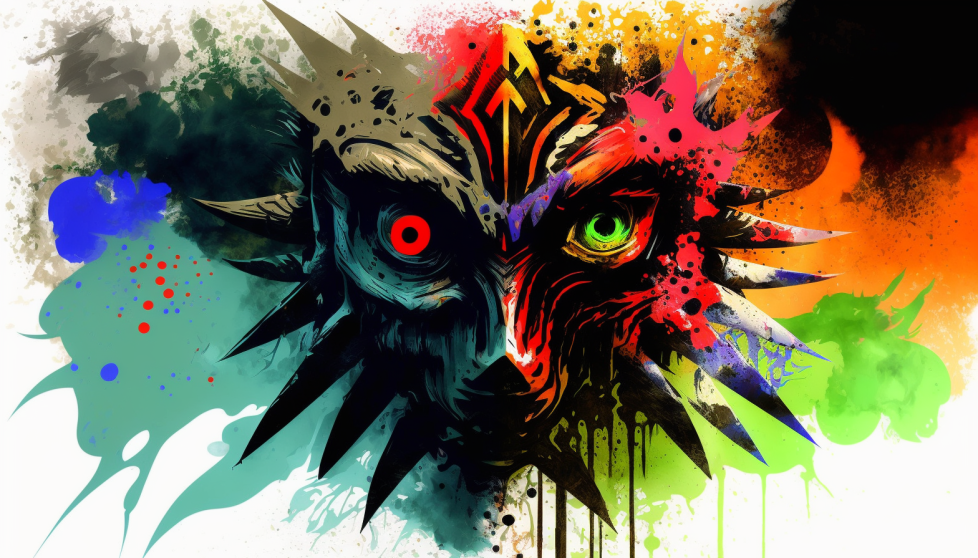
The core idea was to design new ways to play. So Aonuma played through the original again, at the behest of Miyamoto. So he picked out as many things that could be added or improved upon in the design of Majora’s Mask. Aonuma the gave Grezzo a ‘what in the world list’ – Nintendo had essentially assigned the new developer all the things that didn’t make sense in the original, and needed changing.
Aonuma even said in the interview:
I wrote in a bunch of comments on where I thought things weren’t good. Like, “I’m sorry that this comes from the one that made it this way, but…”
He says these content apologies came from a good place. They wanted the game to be better, and because he’d made it and played through it again, Aonuma knew exactly what was wrong.
The Challenge
Thus Grezzo were presented with a challenge. Nintendo saw their work on Ocarina of Time 3D and thought ‘they can do this, so Majora’s Mask should be a fun challenge’ – thus entrusting another N64 remake with them.
Later that the team leaders at Grezzo were called to Kyoto to see the New 3DS midway through development. They had new hardware and features to work with, but because it was all ‘hush-hush’ most of the team didn’t even know the console existed. Aonuma even wanted the extra C-Stick to be used as a camera, because of the freedom that had allowed since it was introduced to Zelda.
Only 24 Hours Remain…
There is undoubtably something special about Majora’s Mask – it’s a time travel game that’s somehow timeless! Aonuma put’s really well into words as to why this game is in such a special place for so many people.
When I finished creating Majora’s Mask for the Nintendo 64, I assumed that other companies would be releasing games similar to this one. But in reality, no one did. Even 15 years after the Nintendo 64 version of this game released, no one created a game like this. Because of this, the unique taste and feel of this game seems to exist for a long time…
Majora’s Mask isn’t like anything else before it, or after it. The aesthetic, world, characters, mechanics, and design all come together to make something truly special. From outside it honestly looks quite surprising that this game is so cohesive. In isolation all the elements would be interesting, but together they elevate each other.
This game was truly incredible and groundbreaking for its time, and many still hold it high as a cult classic. So of course we’re going to celebrate it as it turns 20 years old. Happy birthday Majora’s Mask, you deserve it.
So that’s our look at the design of Majora’s Mask! To help celebrate this anniversary we also have some other Majora’s Mask themed content that you can find here! Why not leave us a comment or a follow on Twitter @thecognnetwork? As always, thanks for reading COG!




